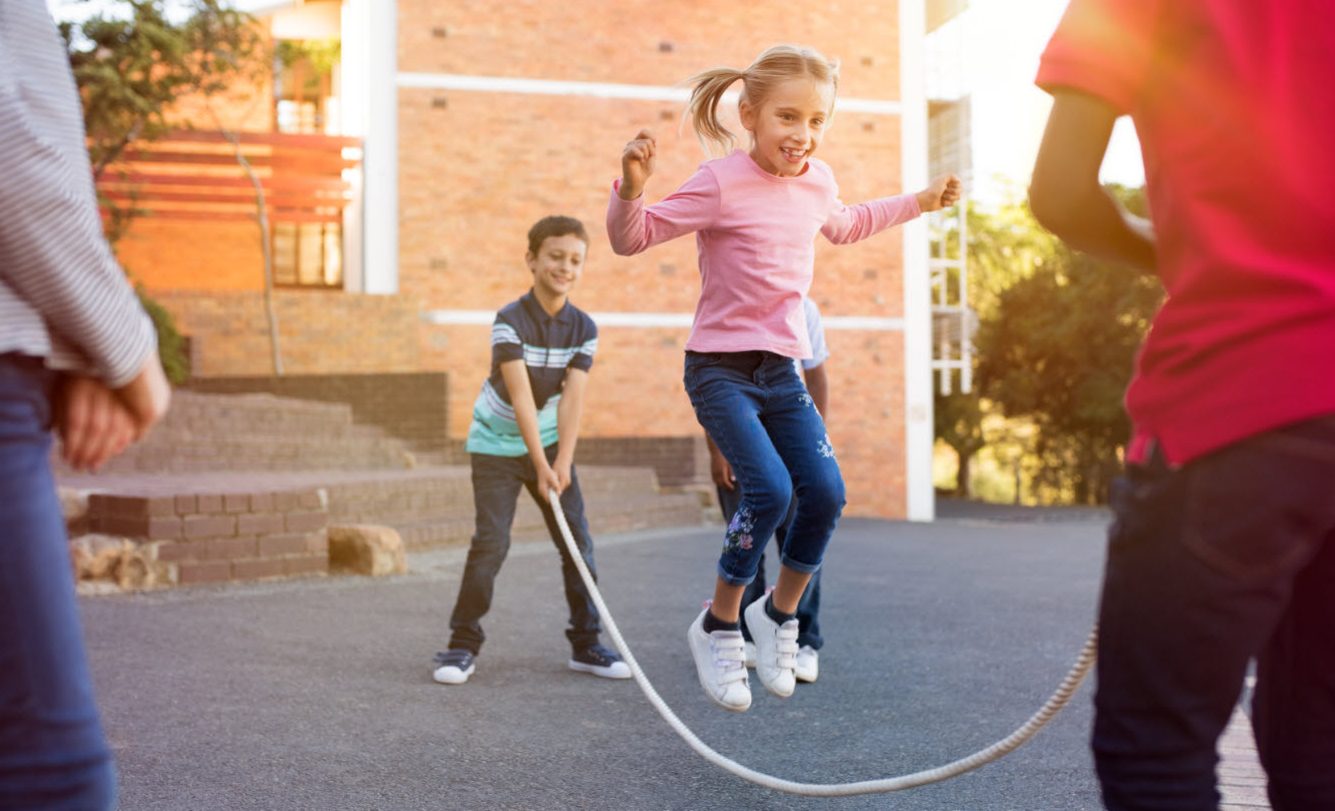Myopia on the rise – is your child at risk?
The rate of myopia (short-sightedness) is increasing at an alarming rate worldwide, doubling in children over the course of just a single generation. Could your child be short sighted?

- It’s predicted that 50% of the world’s population will be myopic by 2050 (compared to 28% in 2010)
- In Australia, Myopia has doubled in 12 year olds in just 6 years
- It is projected that by 2020, Myopia will affect about 36% of Australians
What is Myopia?
Myopia is an eye condition also known as short-sightedness or near-sightedness, which causes people to have difficulty seeing distant objects clearly. Being short sighted occurs when the light coming into your eyes focuses in front of, instead of exactly on your retina. Often, this condition is picked up in early childhood, around 10-12 years of age, and becomes noticeable when kids start to squint when trying to see the whiteboard.
What is causing the epidemic?
Myopia is understood to be caused by both genetic and environmental factors. The reason for the significant rise in myopia is believed to be largely environmental, and correlates with the reduced time our children (and their eyes) are spending outdoors. Experts believe that exposure to sunlight causes a hormone to be released which helps to control the growth of the eye. Without this hormone, the eye grows too quickly, resulting in myopia. The more time our children are spending indoors (and we know this is at an all time high), the greater the risk to healthy eye development.
Earlier onset myopia = long term risk
Research has highlighted that the average age for developing myopia is reducing. This earlier onset of myopia can cause long term risks, including an increased risk of developing advanced myopia and other eye diseases later in life, such as retinal detachment, myopic macular degeneration and glaucoma. All of these conditions are difficult to treat in their advanced form and can cause significant vision loss and blindness.
3 ways to minimise your child’s risk
- Choose green time over screen time. It is recommended that children spend a minimum of 90 minutes a day outside (excluding school time) to help with reducing the risk of myopia.
- Be aware of the risk factors. If both parents are myopic, a child will have six times higher risk of myopia development or progression.
- Book an eye test to assess your child’s risk. An eye test before your child starts school and every 2 years thereafter is the best way to assess your child’s risk and slow the progression of myopia development with the new technologies and information we have now about myopia.
Get ahead of the epidemic. Book an eye test today.
Although short sighted myopia is a progressive condition, we now know that the earlier it is detected and managed, the more we can slow its progression and minimise the long terms risks to our children’s eye health. There are many treatment options available beyond just prescribing a pair of glasses.
Melton Optical are independent optometrists and we pride ourselves on spending time with you and your child to provide a highly personal and thorough eye examination. So don’t hesitate and book your child in for an eye test today.
Article by Provision
